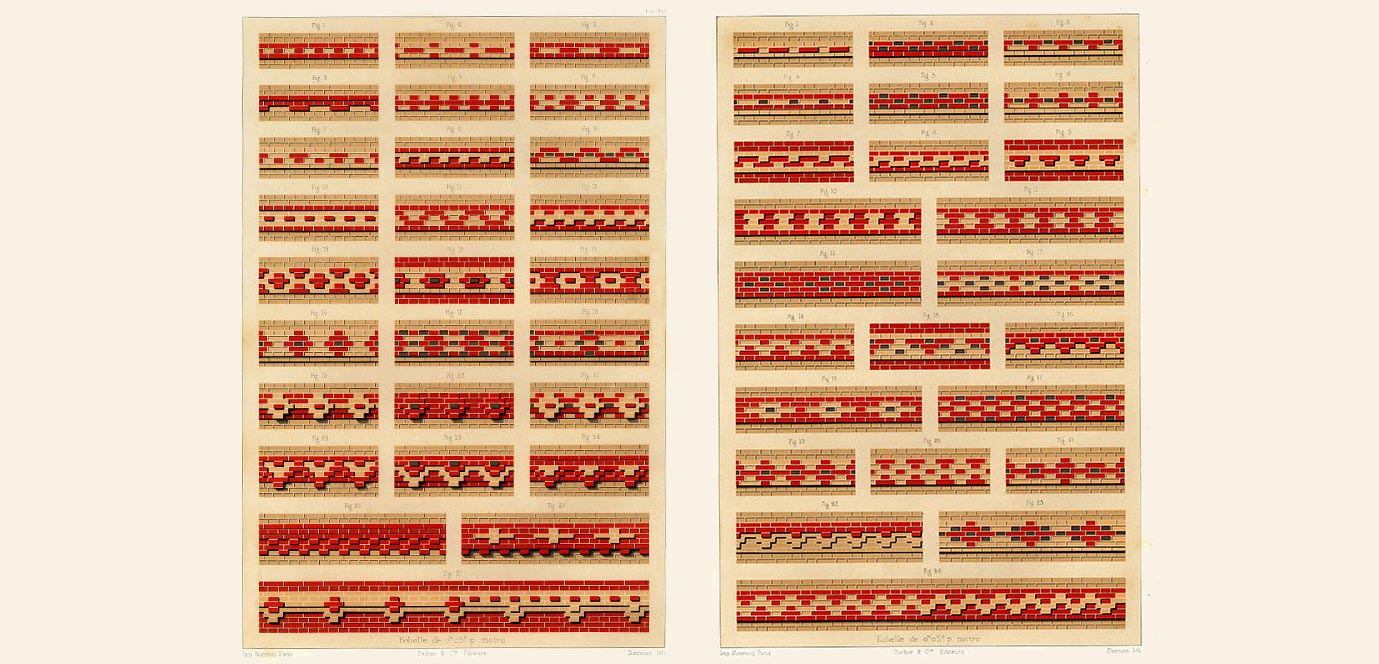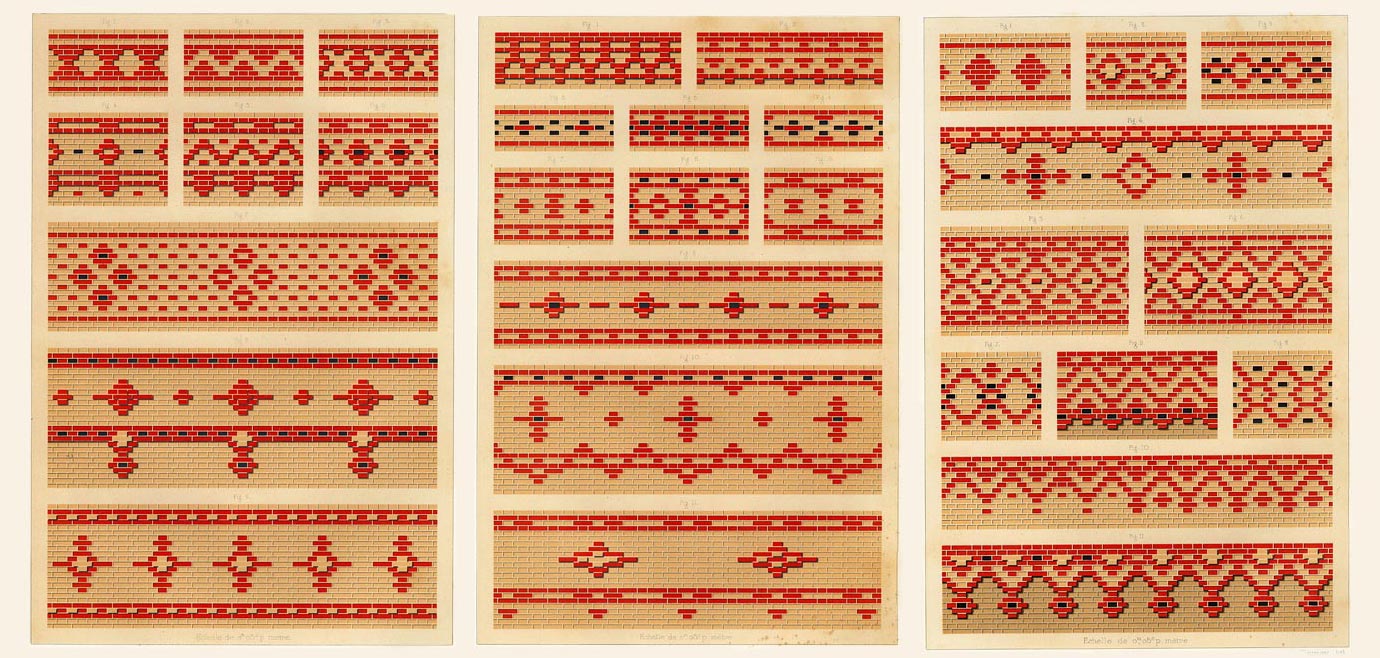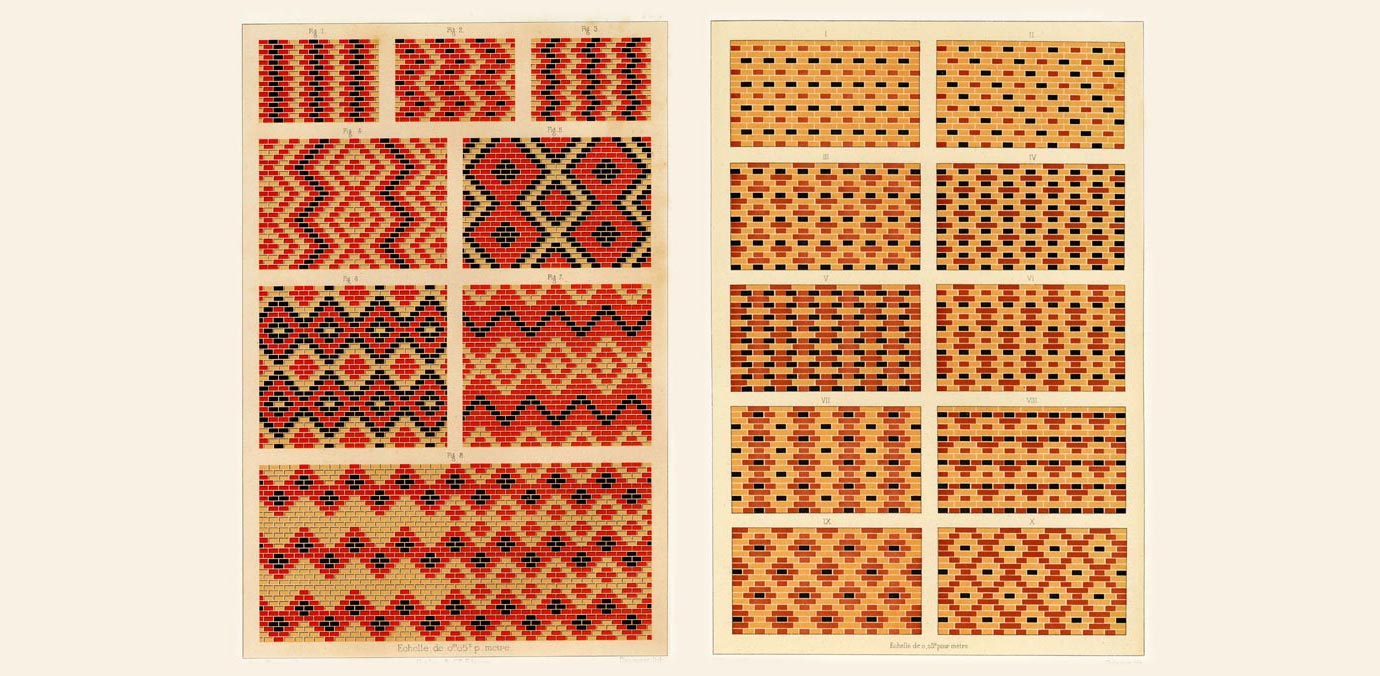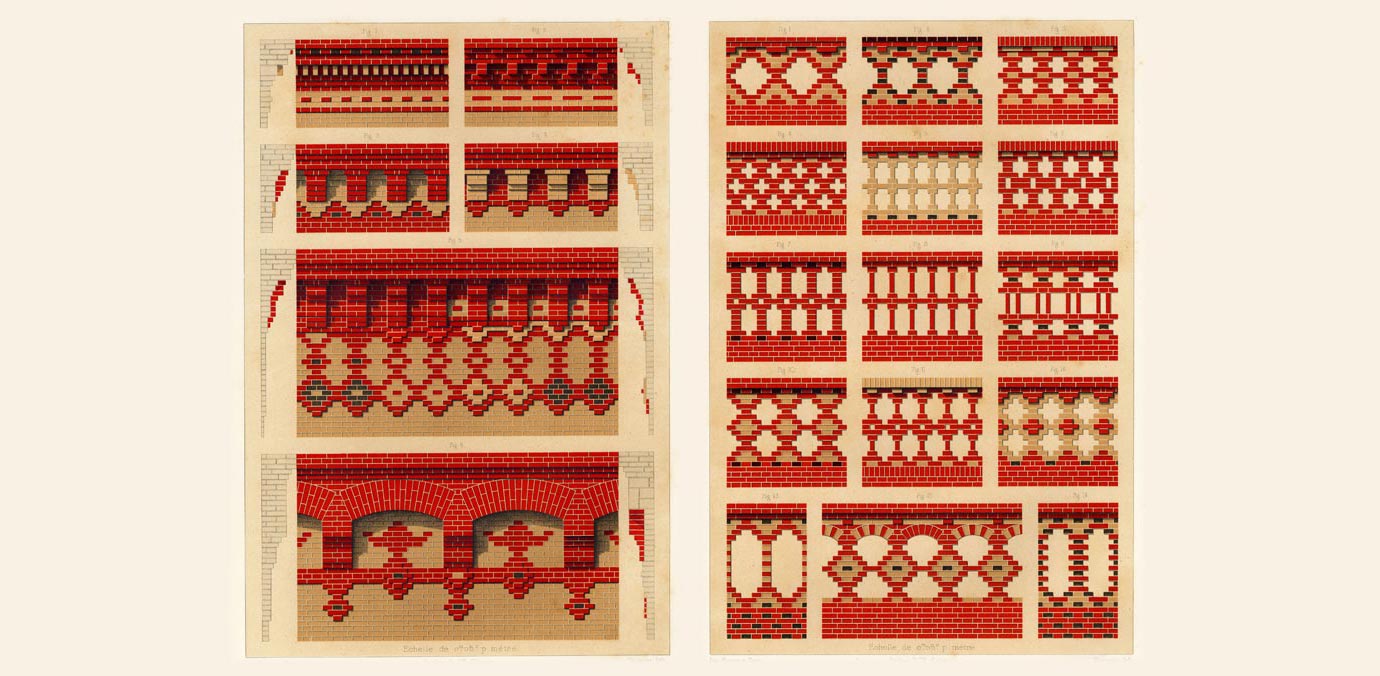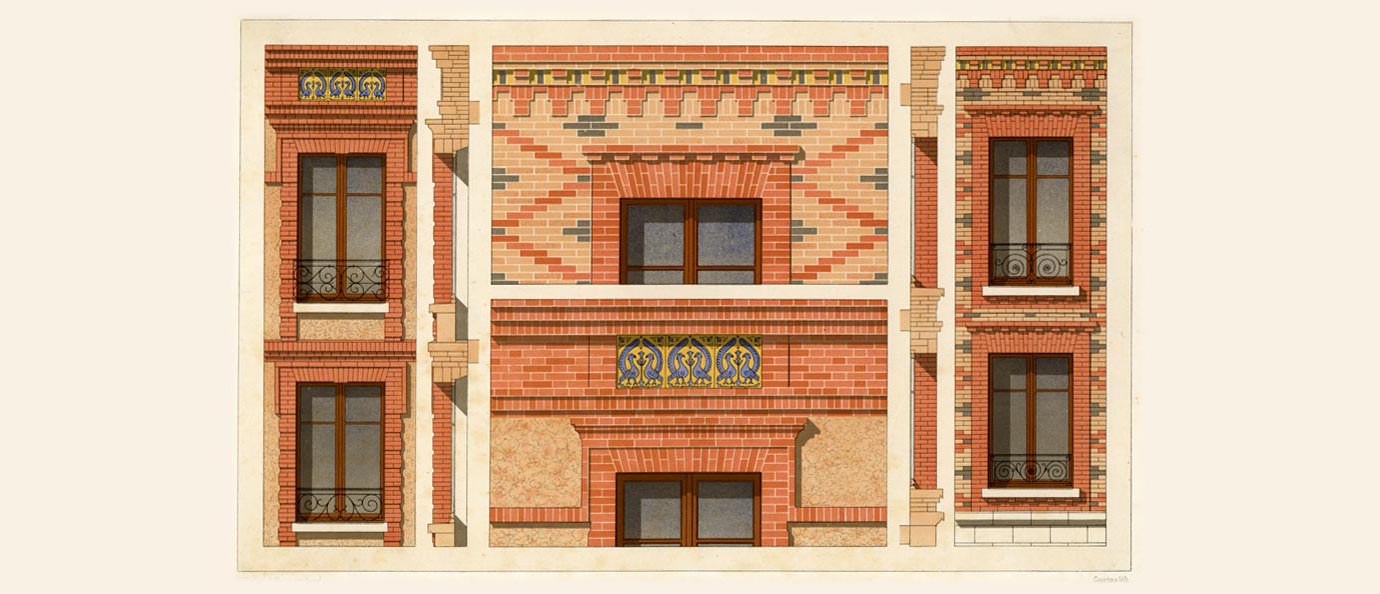Ornamental brickwork

Ornament is the most ancient type of human artistic activity, once its ligature was covered not only by the walls of the house, but all household utensils and clothing, because it was believed that the intricacies of lines and figures have a protective ability. Of course, today few people believe in the magic of symbols, but decorate the brick walls of your country house geometric Celtic, ornate Aztec or "primitive" African pattern will refuse a rare owner, if you imagine how it could look like his family nest.

The purpose of the ornament is to decorate, but nothing prevents you from laying out a colored stone on the facade of a heraldic sign or an ancient runic blessing. Ancient man reflected in the simplest signs their ideas about the world (the circle - the sun, the square - the earth, the triangle - the mountains, the swastika - the movement of the sun, the spiral - the movement), and many of the sacred values remain in our culture. This means that ornament can become a kind of message to the descendants, a means of non-verbal communication with the world.
What tasks does ornament solve? Very important:
- constructive - it supports the architectonics of the object, influencing its spatial perception;
- representational - it increases the impression of the object's value;
- operational - makes it easier to use the object;
- mental - it influences the person with its symbolism.
Columns and pilasters, decorated with a simple ligature of geometric pattern, and sondriques and sill niches, highlighted by color, become expressive, even if they are tiled with the most usual smooth brick. The pattern can come up with your own or borrow from folk crafts, the sources of inspiration are plentiful today.

Ornaments can consist of elements of a very different order (vegetable, zoomorphic, heraldic), although masonry is directly asking for a geometric pattern. Suitable designs for such masonry are easy to find among the Celtic ribbon patterns or traditional motifs of folk embroidery.
- Geometric
- ornament consisting of the simplest geometric elements: dots, straight lines, broken lines, intersecting lines and zigzags, circles, rhombuses, polyhedrons, stars, crosses (simple and double), spirals; a more complex ornamental motif - meander. The geometric ornament is characterized by a strict alternation of elements and their color combination.
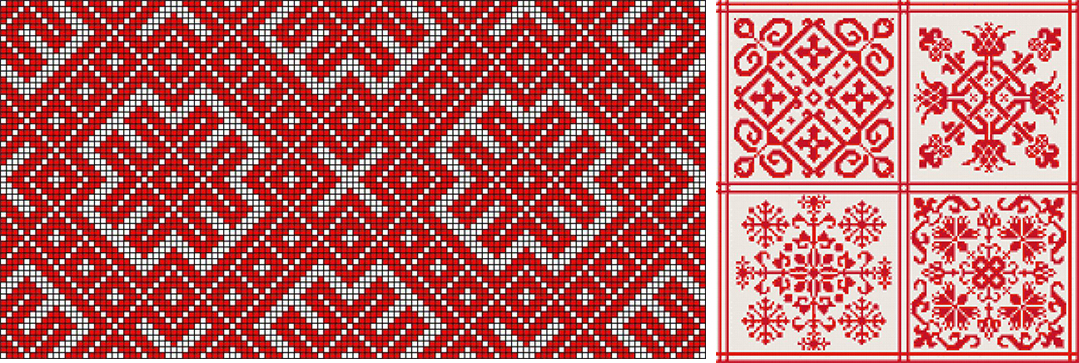

The basis of any ornament - rhythm. They permeated the entire life of nature: the diurnal, annual, solar, rhythm of the surf and sand dunes in the desert. Artists of antiquity tried to imprint it in the repetition and alternation of figures and lines, ribbons of repeating motifs embodied the idea of the infinity of the universe. In a border or frieze, the one-way movement of the ornament limited space, giving a sense of stability to the world.
Still in national ornaments are looked through key symbols, allowing the person to build the relationship with the world. The octagonal rosette symbolizes the Sun, and the sign of the Water resembles a coagulated snake. Rhombuses, according to ancient Slavic beliefs, embodied the Earth goddess and served as a protective symbol, which patronizes fertility and brings happiness. Stars, scattered flat or assembled into regular ornaments, represent the Universe, which is no longer chaotic, but ordered and full of harmony. Patterns with stylized roses denote endless solar movement with eternal rebirth, and where roses (roses) are inscribed in the system of a geometric pattern, they are not just flowers - they are flowers-stars, which embody the idea of the same orderly universe. The cross often served as a talisman against the forces of evil.
- A frieze
- is an ornamented composition intended for decorating the upper part of a wall inside or outside a building.
- A rim
- is a patterned band framing a plane.
What can be laid out with colored bricks?
Virtually anything the soul desires. There are three basic types of ornament construction: rosette, border and rapport.
- The Rosetta pattern
- is a closed composition, built using the plane or the axis of symmetry, on the basis of the rosette ornament in a circle.
- Rapport pattern
- is a rhythmically repeated element (motif) or several elements that make up an ornament.
- A border pattern
- is a band, emphasizing the edges of a plane or three-dimensional shape, a closed composition, which has a rhythmic repetition of elements in two opposite directions and forms the ornamental band.
Of repetitive points and lines, simple shapes can be assembled a variety of ornaments, highly expressive and able to enliven even the most boring walls. And the result will be able to surpass the boldest expectations.
Examples of brick ornaments.
